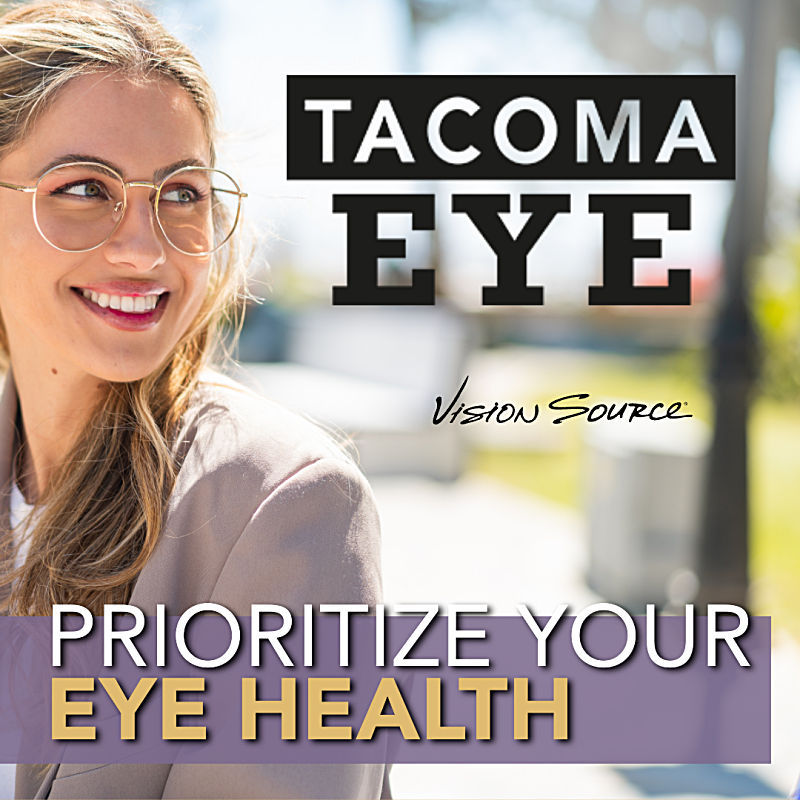The Link Between Computer Use and Headaches: Exploring Solutions like FL-41 Tint and Blue Light
In today’s digital age, headaches related to computer use are increasingly common.
Prolonged exposure to screens can lead to a specific type of headache called asthenopia, or eye strain, which manifests as discomfort around the eyes, blurred vision, and pain in the temples or forehead. Understanding the link between digital devices and headaches-and exploring potential solutions-can significantly improve quality of life for those who frequently use screens.
How Computer Use Leads to Headaches
The primary cause of headaches related to computer use is prolonged visual strain, often termed digital eye strain. When we spend long hours focusing on a screen, our eyes are forced to work harder, leading to muscular fatigue in the eyes. This results in headaches, as well as symptoms such as dry eyes, neck pain, and sensitivity to light.
Several factors contribute to digital eye strain:
- Blue light exposure: The blue light emitted by screens is often blamed for worsening eye strain and headaches. Blue light has been shown to interfere with circadian rhythms and disrupt sleep, but its direct link to headaches remains debated.
- Poor ergonomics: Inappropriate screen height, improper lighting, and glare can all contribute to visual fatigue.
- Reduced blink rate: We tend to blink less when concentrating on screens, which can exacerbate dry eyes and visual discomfort.
The Role of FL-41 Tint in Alleviating Headaches
One promising solution for people experiencing headaches due to screen use is the FL-41 tint. This specially formulated lens tint has been shown to reduce light sensitivity and alleviate headaches, particularly those associated with conditions like migraine and asthenopia. The tint blocks specific wavelengths of light, particularly those in the blue-green spectrum, which are known to trigger discomfort for some individuals.
Several studies have supported the use of FL-41 tinted lenses:
- A 1991 study published in Headache found that migraine patients who wore FL-41 lenses experienced a significant reduction in headache frequency. The tint was particularly effective at reducing sensitivity to fluorescent lighting, a common headache trigger.
- A 2016 study in Cephalalgia explored how FL-41 lenses help people with benign essential blepharospasm (a neurological disorder that affects blinking). Participants who wore the tinted lenses reported fewer headaches and less eye strain compared to those who wore standard lenses.
- A 2018 study in Frontiers in Neurology also found that FL-41 lenses reduced the frequency and intensity of migraines in patients by helping to block triggering light wavelengths.
Though FL-41 has shown promise, it’s essential to remember that individual results may vary, and it may not completely eliminate headaches for all users.
What the Research Says About Blue Light and Headaches
Blue light, emitted by devices such as smartphones, tablets, and computers, is often implicated in eye strain and headaches. However, the exact role of blue light in causing headaches is still under investigation. While blue light is known to disrupt sleep patterns by affecting melatonin production, its direct link to headaches is less clear.
- A 2018 review in Ophthalmic and Physiological Optics concluded that while blue light contributes to discomfort for some individuals, there is limited evidence that it directly causes headaches.
- A 2020 study in PLOS ONE did find that participants who used blue-light-blocking glasses reported less digital eye strain, though the specific impact on headaches was not fully explored.
At this point, while many people report feeling better with blue-light-blocking glasses, the evidence is inconclusive about whether blue light alone is responsible for headaches.
Practical Tips for Reducing Headaches from Screen Use
While both FL-41 lenses and blue-light-blocking glasses can help reduce the impact of light-related headaches, the results are not guaranteed. People respond differently to light wavelengths and visual triggers, so it’s essential to experiment with solutions that work best for you. Here are some practical steps that can help:
- Follow the 20-20-20 rule: Every 20 minutes, look at something 20 feet away for 20 seconds. This helps reduce eye strain.
- Adjust lighting: Avoid bright overhead lights or glare from windows. Instead, use softer, indirect lighting while working.
- Screen positioning: Ensure your computer is at eye level and about 20 to 30 inches from your face.
- Take breaks: Step away from the screen for a few minutes every hour to give your eyes a rest.
- Consider tinted lenses: FL-41 or blue-light-blocking glasses may help, especially if you notice light sensitivity or worsening headaches under bright or artificial lighting.
Conclusion: No One-Size-Fits-All Solution
While the FL-41 tint and blue-light-blocking glasses are promising solutions for some, there is no guarantee that these will completely eliminate headaches. Computer use-induced headaches are complex and can be caused by various factors, including light sensitivity, poor ergonomics, or underlying conditions. It’s important to test out different approaches and consult a healthcare provider if headaches persist.
By incorporating these strategies and considering FL-41 lenses, many people find relief from digital eye strain and headaches-but results may vary.
